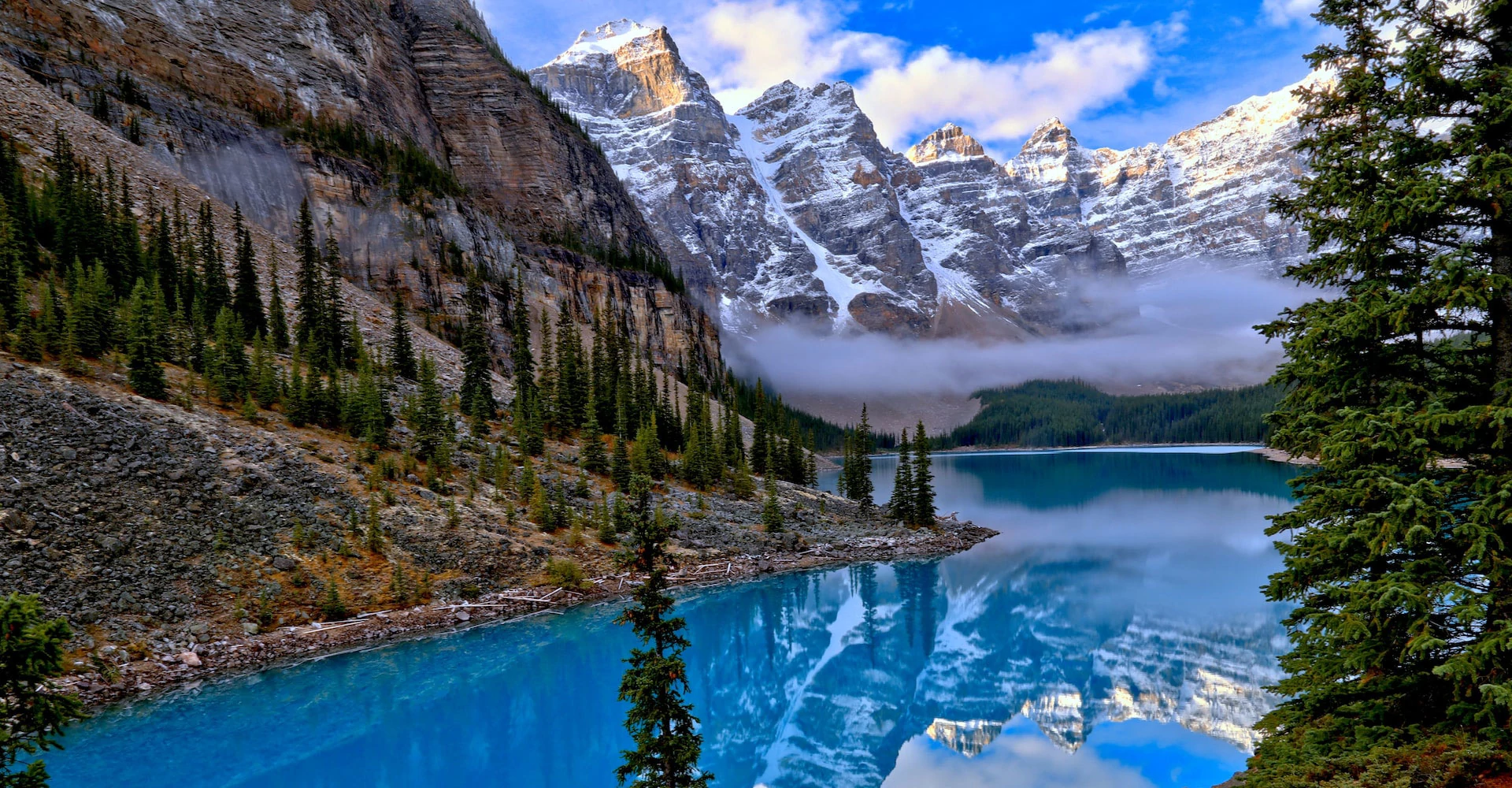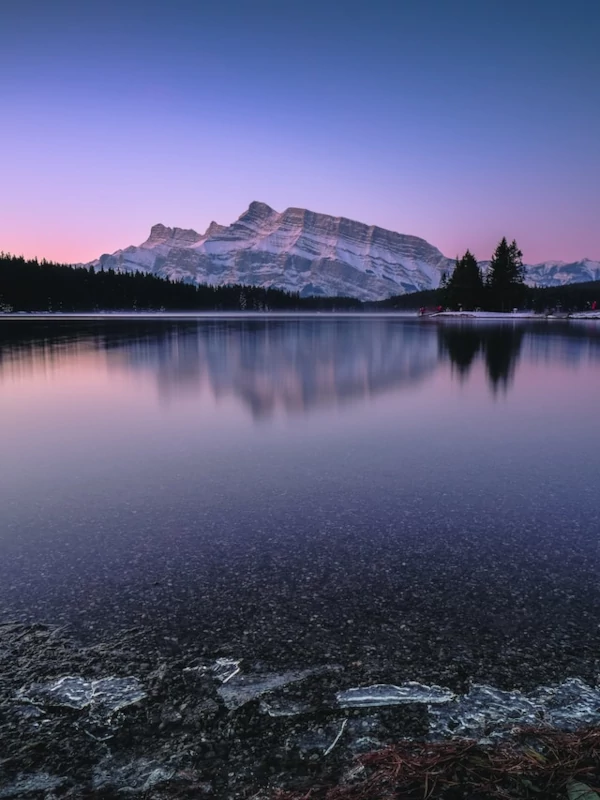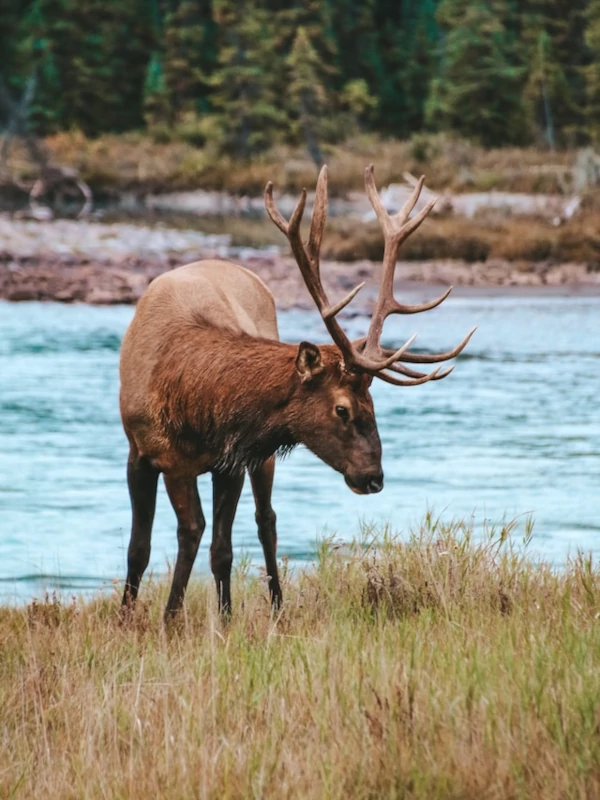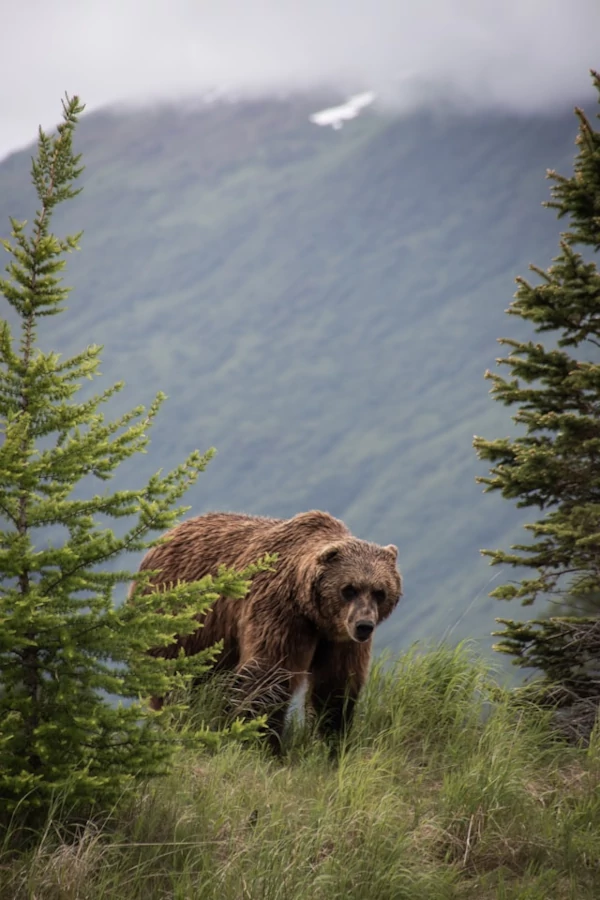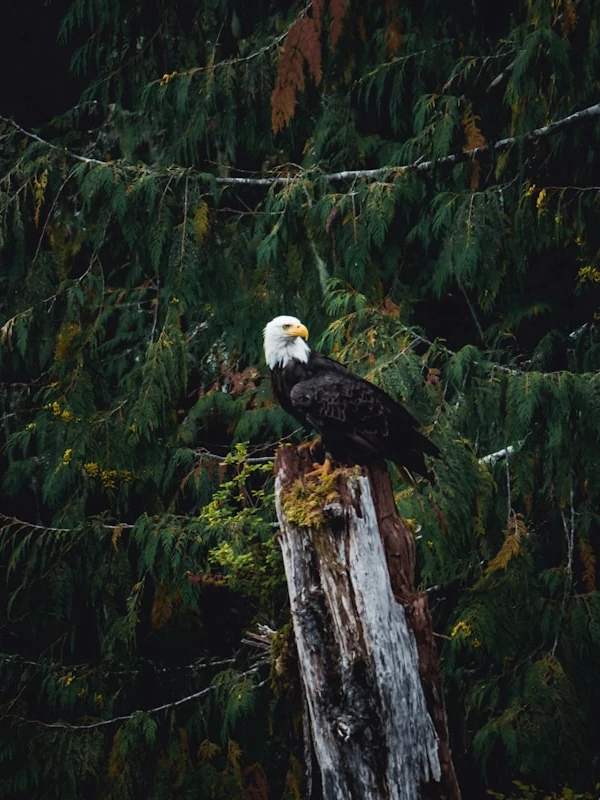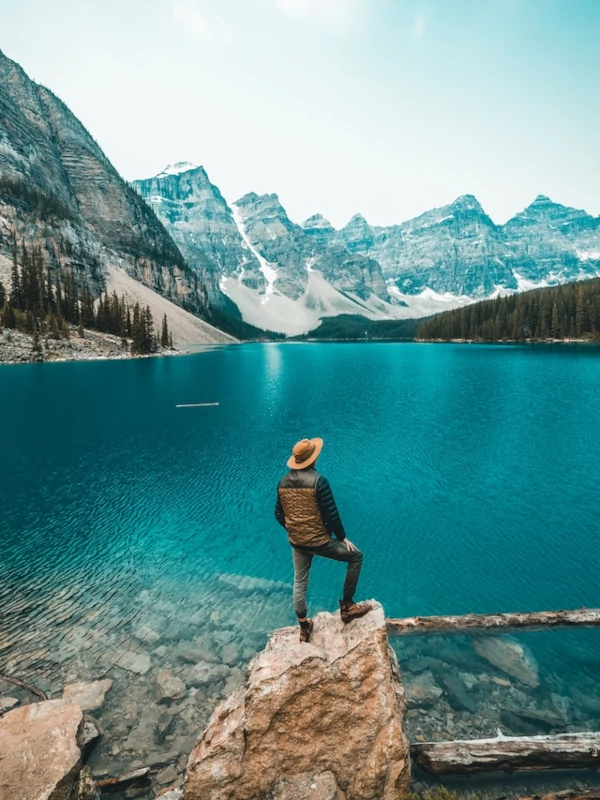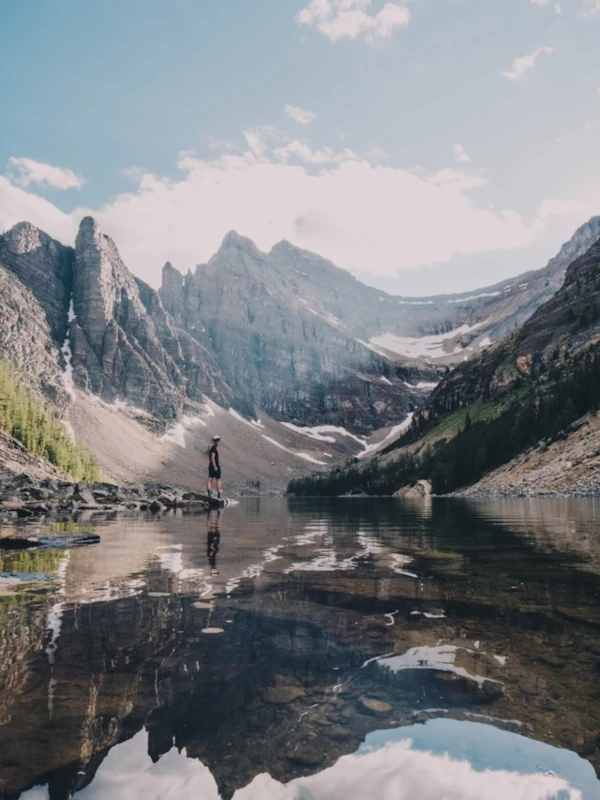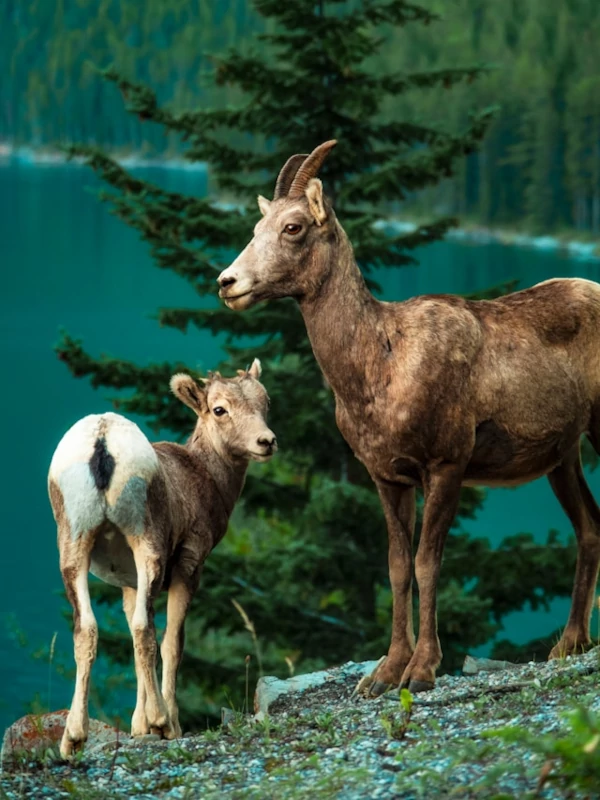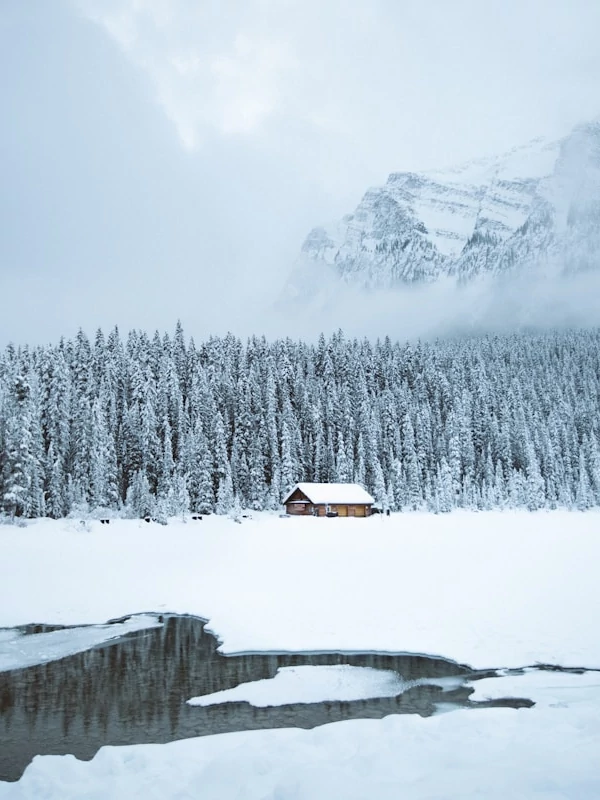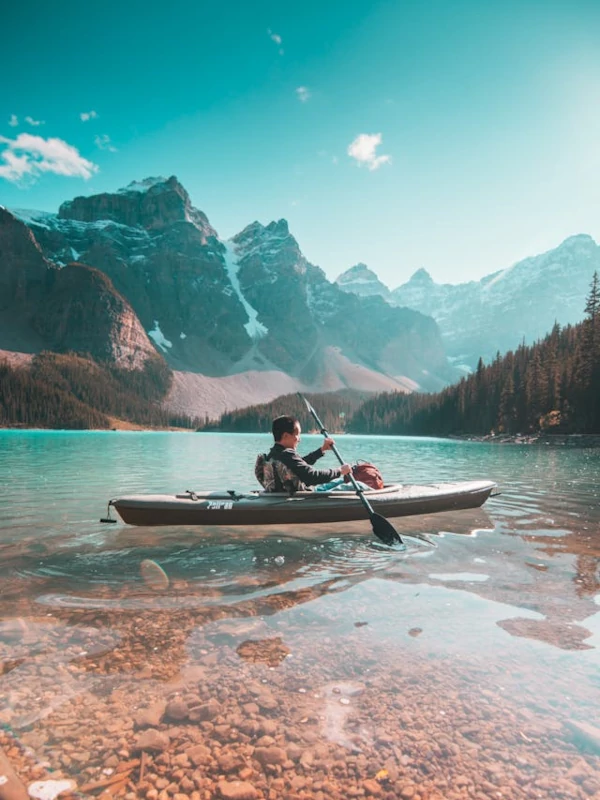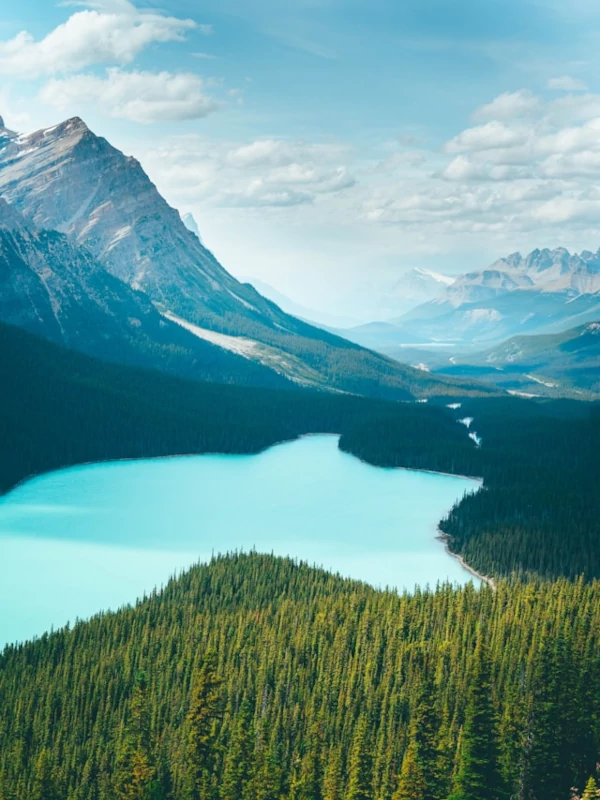One of the park's defining features is its awe-inspiring mountainous terrain. Within its boundaries, you'll find some of the most renowned peaks in the Canadian Rockies, such as Mount Rundle, Cascade Mountain, and the formidable Mount Temple. These majestic mountains provide a stunning backdrop to the lakes that are scattered throughout the park. Perhaps the most famous among them are Lake Louise and Moraine Lake, both famous for their intense turquoise waters, which are fed by glacial meltwater.
Banff National Park also plays a crucial role in preserving Canada's diverse wildlife. Grizzly bears, black bears, elk, bighorn sheep, and countless other species roam its rugged terrain. The park's commitment to wildlife conservation is evident in its efforts to reintroduce the bison, a keystone species, to its original habitat within Banff's boundaries. With its rich natural heritage, Banff National Park is not just a destination for adventure seekers but a sanctuary for those seeking solace amidst the grandeur of the Canadian Rockies.
